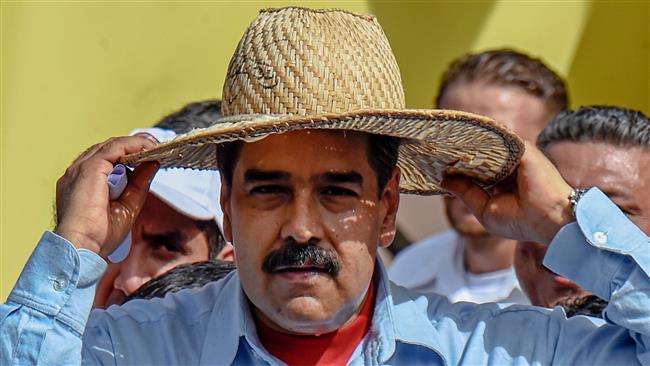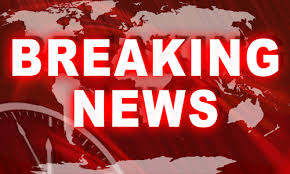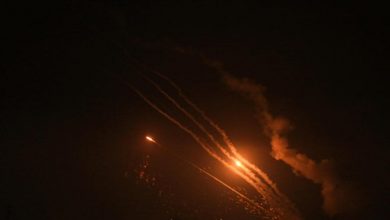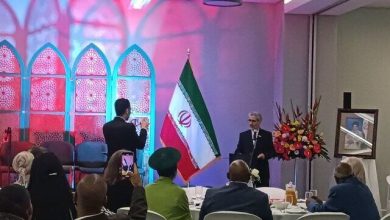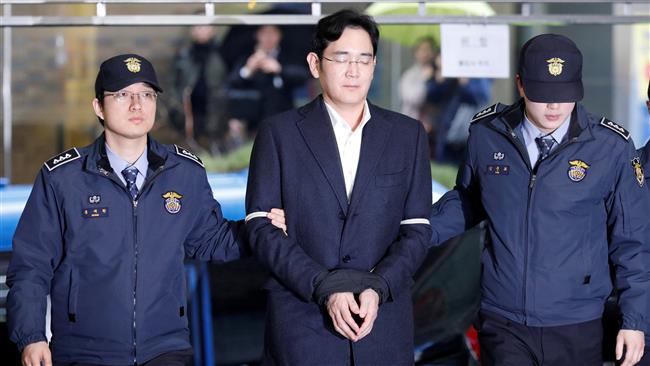Iran terror attacks: Death toll rises to 17
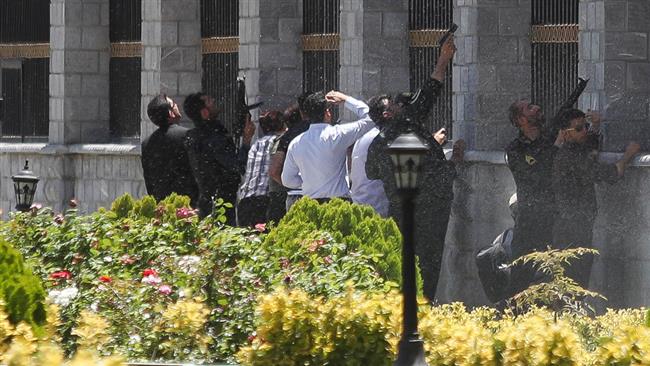

Iran’s Parliament (Majlis) and the mausoleum of the late founder of the Islamic Republic Imam Khomeini in the capital Tehran have come under terrorist attacks.
According to latest figures by authorities, at least 17 people were killed in Wednesday’s attacks and nearly 50 were injured.
The Daesh Takfiri terrorist group has claimed responsibility for the attacks.

The attack on the parliament happened when at least four gunmen, disguised as women, entered the visitors’ hall of the building, opening fire on the security guards there. According to an Interior Ministry statement, the terrorists were all killed before they could make it to the administrative building of the parliament.
The assault has forced a lockdown on the legislature.
The deputy head of Iran’s National Security Council said the assailants were Iranian nationals.
“About the identity of the attackers I should say they were from parts of Iran, and had joined Daesh,” Reza Seifollhai said in an interview on state TV.
Tehran MP Elias Hazrati has said that the assailants were armed with two Kalashnikovs and a handgun.
According to lawmaker Mehdi Kiaee, security forces brought the situation under control inside the parliament after neutralizing the terrorists.
As seen in the footage below, Anti-Terror Special Forces were deployed to the Majlis.
An Interior Ministry source said a bomber had blown himself up on the fourth floor of the parliament building, where he was holed up.
Separately, gunmen attacked the Imam Khomeini Mausoleum in Tehran, opening fire on people inside and wounding a number of them.
Tehran Police Chief Brigadier General Hossein Sajedi-Nia said security forces had arrested five suspects in connection with the attacks in Tehran.
Tehran terrorist attacks: As they happened
After the attacks ended, the Interior Ministry issued a statement, elaborating on the terror incidents. According to the statement, the first terror group, comprised of two people, entered the mausoleum at around 10:30 a.m. local time (0500 GMT). The first terrorist blew up his explosives but the second was killed during a firefight with security forces.
Concurrently with the attack at the mausoleum, the second terror team, which included four people, sought to enter the office building of the parliament but were confronted by security forces, the statement said.
The ministry said that one terrorist blew his explosives up and the three others were killed in shootouts during clashes with security forces as they were seeking to reach upper floors of the parliament building.
It added that the country’s Supreme National Security Council will hold a meeting later in the day to investigate different aspects of the attacks.

Tasnim said earlier that the hostage rescue team of the Islamic Revolution Guards Corps (IRGC) had arrested two “terrorists” at the Imam Khomeini Mausoleum.
An ambulance belonging to the Welfare Organization of Iran was targeted when terrorists fired 16 bullets at the vehicle at the mausoleum. Nobody was injured in the attack.
Meanwhile, IRNA cited an official with the Intelligence Ministry’s Counter-terrorism Department as saying that several terrorist teams had entered the capital earlier in the day.
One of the terrorist teams was busted before managing to stage any attacks, while two others attacked the parliament building and the mausoleum. At the shrine, one bomber was killed before setting off his explosives, but another managed to blow himself up.
Parliament Speaker Ali Larijani condemned the attacks as “cowardly” and said they meant to undermine Tehran’s anti-terror fight.
Foreign Minister Mohammad Javad Zarif, who is in Turkey for an official visit, also condemned the “indiscriminate” terror attacks. He described terrorism as a global challenge and warned about rising insecurity and terror acts in the region.
